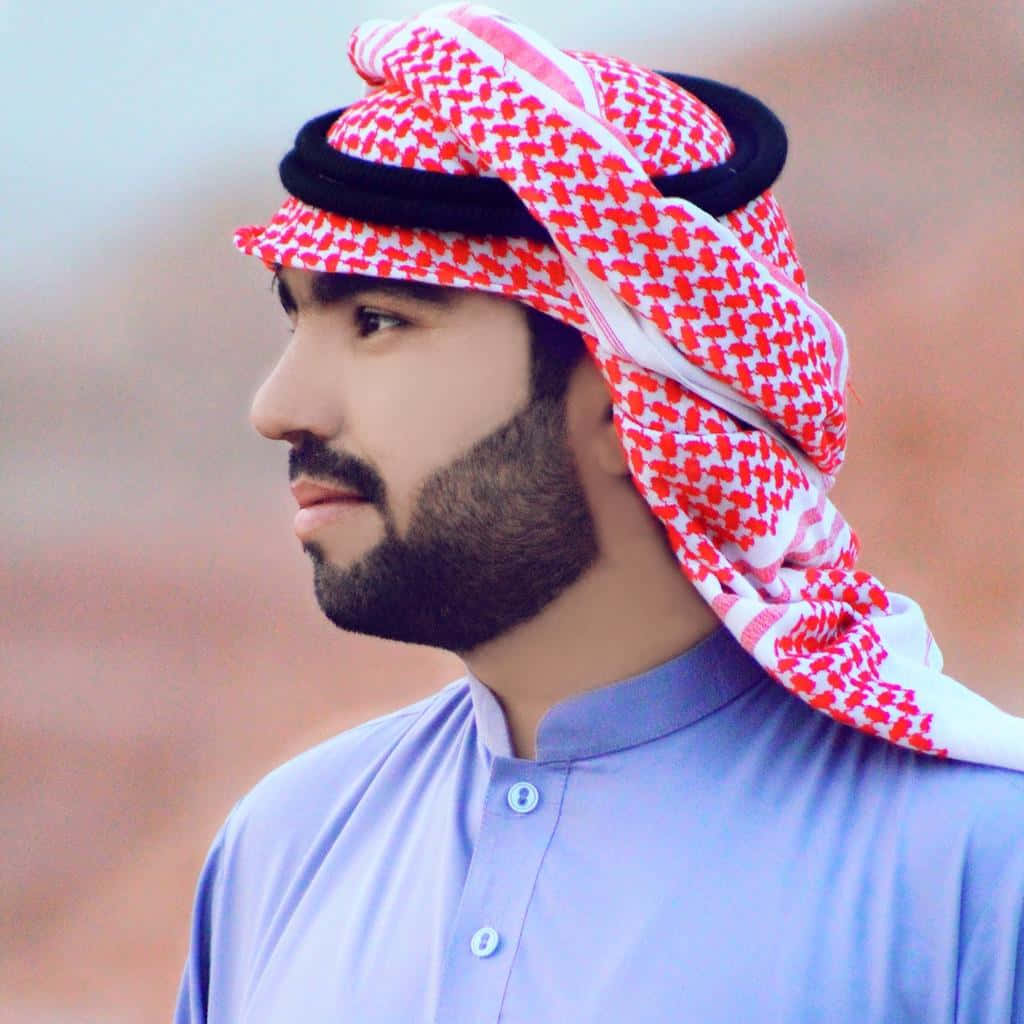Iran And Arabs: Unraveling A Complex Middle East Dynamic
The Middle East is a tapestry of diverse cultures, languages, and histories, yet it's often viewed through a simplified lens. One of the most persistent misconceptions revolves around the identity of Iran, frequently and mistakenly grouped with Arab nations. This article delves into the nuanced relationship and distinct identities that define Iran and Arabs, exploring their unique historical trajectories, cultural foundations, and the intricate geopolitical dance that shapes the region today.
Understanding the differences between these influential entities is crucial for grasping the complexities of Middle Eastern politics and culture. While both are predominantly Muslim and geographically proximate, their foundational identities are remarkably distinct, leading to a dynamic and often tense coexistence that impacts global affairs.
The Core Misconception: Is Iran Arab?
Despite its location in the Middle East and its predominantly Muslim population, Iran is frequently mislabeled as an Arab nation. This common misunderstanding stems from geographical proximity and shared religious affiliations, yet it overlooks fundamental differences that distinguish Iran from the Arab world. The very name "Iran" offers a clue: a cognate of "Aryan," it means "land of the Aryans," reflecting its Indo-European linguistic and ethnic roots, distinct from the Semitic origins of Arab peoples. Furthermore, Iran is notably excluded from the list of Arab League nations, a clear indicator of its non-Arab status in regional political structures.
This distinction is not merely academic; it underpins historical narratives, cultural expressions, and current geopolitical alignments. To truly understand the Middle East, one must first dismantle this pervasive misconception and appreciate the unique identity of Iran in relation to its Arab neighbors.
Defining Arabs: Language, Culture, and Geography
The term "Arab" primarily refers to an ethno-linguistic group united by the Arabic language and a shared cultural heritage. The Arab world encompasses 22 countries spread across the Middle East and North Africa, from Morocco in the west to Oman in the east. These nations share a common linguistic bond—Arabic, in its various dialects—and a cultural tapestry woven from centuries of shared history, Islamic traditions, and pre-Islamic tribal customs.
While diverse in their local expressions, Arab cultures generally share common threads in art, music, literature, and social norms. The Arabic language, particularly Classical Arabic, serves as a powerful unifying force, connecting people across vast geographical distances and diverse political systems. This linguistic and cultural unity forms the bedrock of Arab identity, setting it apart from other ethnic and linguistic groups in the region, including the Persians of Iran.
- Hamas Leader Killed In Iran
- Iran Vs Israel Power
- Language Of Iran
- Ejercito Israel Vs Ejercito Iran
- Iran Vs Israel Chess
The Persian Identity: Iran's Unique Heritage
In stark contrast to Arab nations, Iran is distinctly Persian in terms of language, history, and culture. Persians, the dominant ethnic group in Iran, trace their origins to ancient Indo-European tribes that settled on the Iranian plateau millennia ago. Their language, Persian (or Farsi), belongs to the Indo-Iranian branch of the Indo-European language family, making it fundamentally different from Arabic, which is a Semitic language. Although Farsi incorporates a significant number of Arabic loanwords due to centuries of Islamic influence, its grammatical structure and core vocabulary remain distinct.
Iran boasts a rich cultural history that predates the advent of Islam and the Arab conquests. From the mighty Persian Empires of antiquity—Achaemenid, Parthian, and Sasanian—to its vibrant literary traditions embodied by poets like Rumi, Hafez, and Ferdowsi, Persian culture has developed independently, fostering unique artistic expressions, philosophical schools, and architectural styles. While Islam is the predominant religion in Iran, the country's interpretation and practice of it often carry a distinctly Persian flavor, particularly evident in its adherence to Shia Islam, which contrasts with the predominantly Sunni Islam of most Arab states. These profound ethnic, linguistic, and cultural differences make Iran a unique and historically rich nation, not an Arab one.

Download Traditional Arab Man Wearing Kandora Wallpaper | Wallpapers.com

Bedouin, portrait of an Arab man in a turban. 22935063 Stock Photo at

Premium Photo | Young Arab man in traditional clothing praying on white